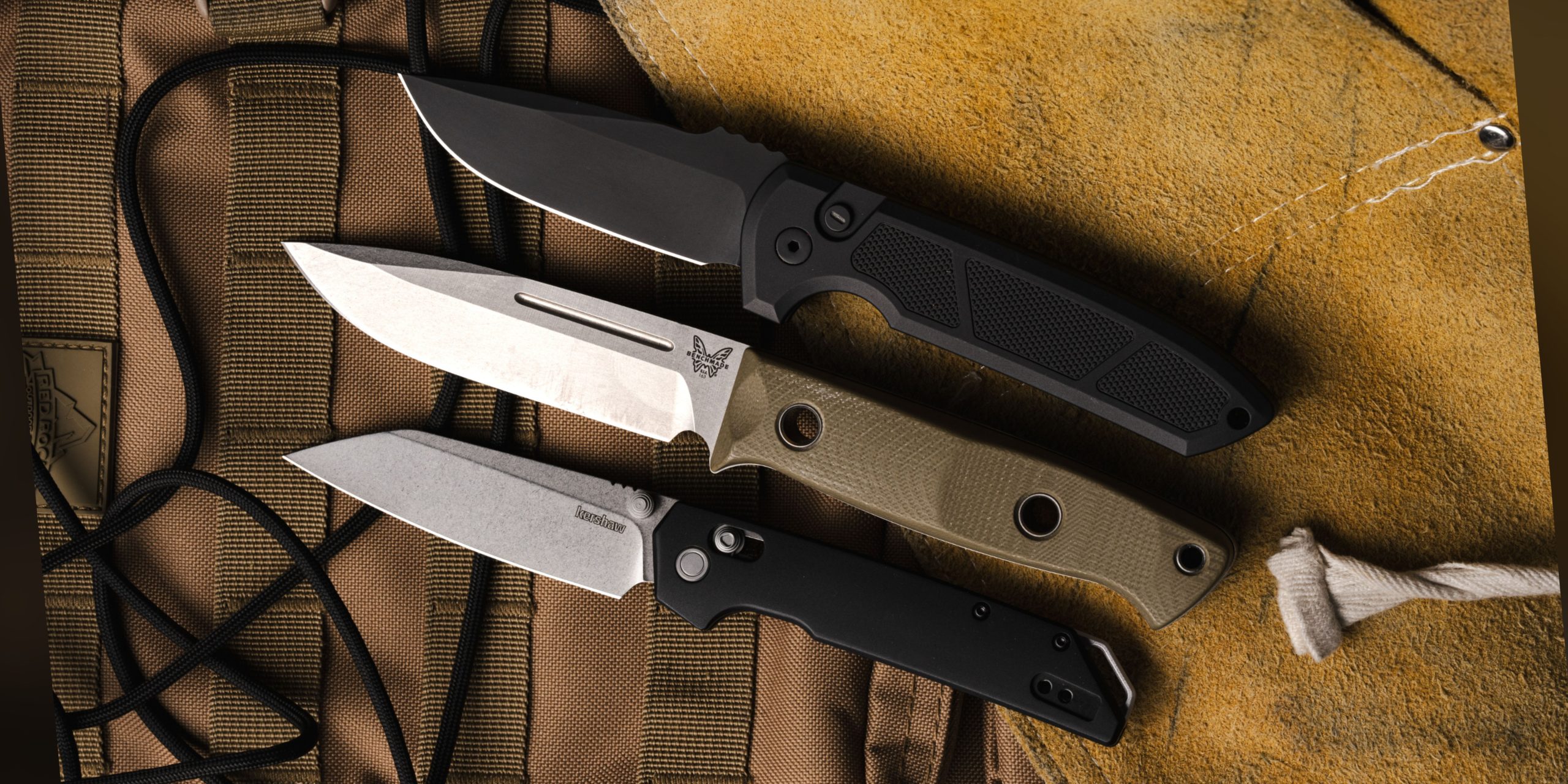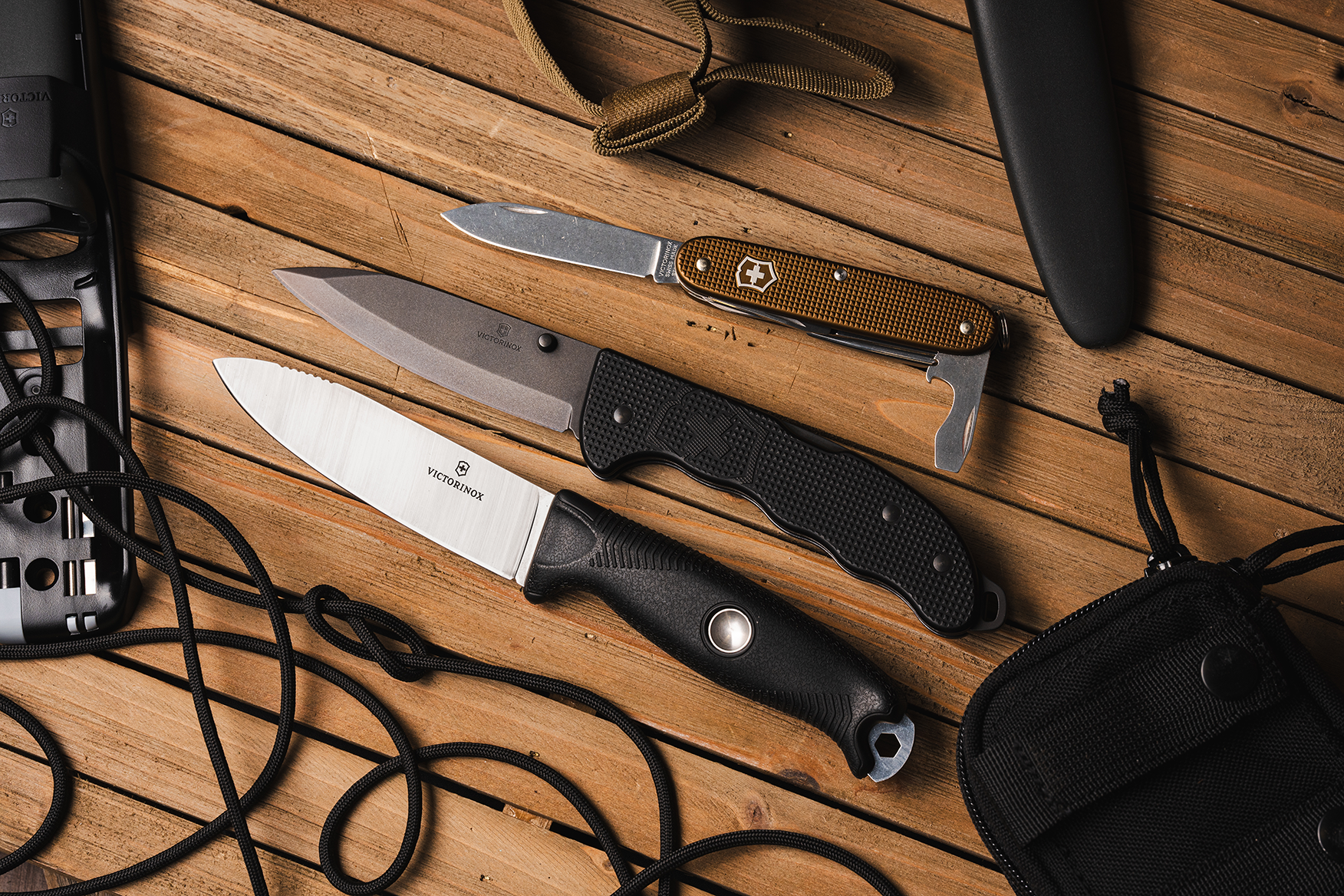It’s time for another Blade HQ infographic! If you missed the others we’ve done, you have to check them out; we’ve got infographics on blade shapes, types of knives, and knife locking mechanisms. For me, knife types and blade shapes were pretty easy to learn, but blade grinds took a little longer. If you’re in the same boat, this infographic will help you get blade grinds nailed down or at the very least give you a reference when you need a quick refresher or want to help a friend understand blade grinds. Enjoy!
Blade Grinds
 Hollow Grind –Bevels are ground to form a concave radius. The bevels can span either the full width of the blade or just a portion of it.
Hollow Grind –Bevels are ground to form a concave radius. The bevels can span either the full width of the blade or just a portion of it.
 Flat Saber Grind – Flat bevels begin near the center of the blade and continue to the cutting edge.
Flat Saber Grind – Flat bevels begin near the center of the blade and continue to the cutting edge.

Full Flat Grind – Flat bevels begin at the spine and continue all the way to the blade’s edge.
 Convex Grind – Ground to form bevels that have a convex radius. Some refer to this type of grind as an “Appleseed” or “Moran” grind, as well.
Convex Grind – Ground to form bevels that have a convex radius. Some refer to this type of grind as an “Appleseed” or “Moran” grind, as well.

Zero Grind Saber – Very similar to a flat saber grind, but it doesn’t have a secondary bevel that creates the cutting edge. Rather, the continuing plane of the bevel creates the cutting edge. This type of grind is also referred to as a “Scandinavian” or “Scandi” grind for short.
 Chisel Grind – Ground only on one side of the blade. The grind can be flat or hollow.
Chisel Grind – Ground only on one side of the blade. The grind can be flat or hollow.
Related Terms
Here are a few blade terms you might see floating around that are good to be familiar with.
False Edge: a sharpened portion of the spine located near the tip of the blade.
Swedge: an unsharpened portion of the spine located near the tip of the blade.
Saber: signifies that the blade has a primary bevel that begins near the center of the blade and continues to the edge of the blade.
Which of the blade grinds above is your favorite?
I hope you’re enjoying the holidays! If you’re still in need of gift ideas, head on over to Blade HQ to check out all your options!




would Compound Grinds be a related term? I’ve seen some Striders and Spydercos with this, where different sections of the blade have different grinds.